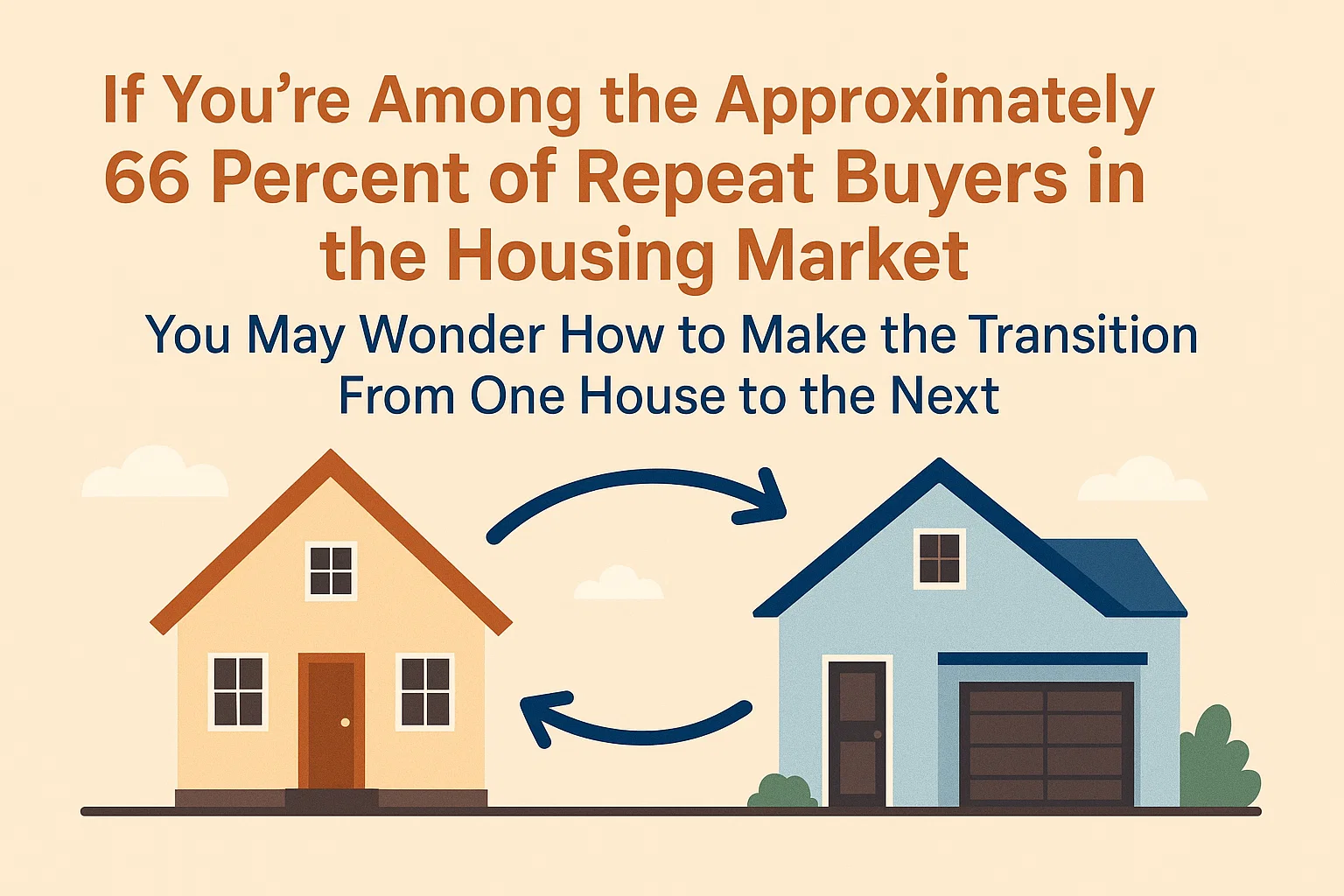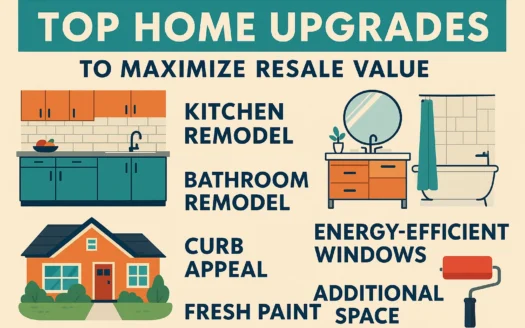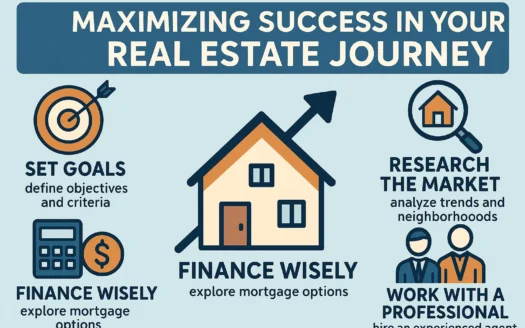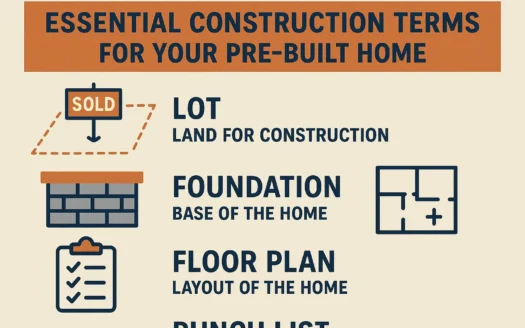If You’re Among the Approximately 66 Percent of Repeat Buyers in the Housing Market, You May Wonder How to Make the Transition From One House to the Next

If You’re Among the Approximately 66 Percent of Repeat Buyers in the Housing Market, You May Wonder How to Make the Transition From One House to the Next
Most people need the proceeds from the sale of their current home to purchase another property. While a simultaneous closing is ideal, timing can be challenging—especially when building a new home, as construction timelines are unpredictable. Moving twice is a hassle, but these three strategies can help streamline the process:
1. Try a Bridge Loan
A bridge loan fills the financing gap between your current home and your new home. “Bridge loans are typically nontraditional short-term loans for six months to three years,” says a senior vice president for loan retention. “The loan is secured by the equity in the house you intend to sell.” These loans often require interest-only payments and come in two forms:
- A line of credit (accessed as needed)
- A fixed-amount loan
Bridge loans can cover deposits, down payments, or initial mortgage payments on your new home. Once your old home sells, you repay the bridge loan and your first mortgage. “You’ll need to qualify for payments on your old home loan, bridge loan, and new mortgage,” the expert adds. “Every lender sets their own guidelines, so there’s no minimum credit score, but you must be a well-qualified borrower.”
Important considerations:
- Higher interest rates and closing costs
- Risk of repayment if your home doesn’t sell
- Preapproval is recommended for flexibility
2. Sell Your Current Home to an iBuyer
Companies like Opendoor, Offerpad, and Redfin (in select markets) offer quick, all-cash purchases. Homeowners receive a tentative offer online, followed by an inspection and final offer. Opendoor’s Builder Program partners with 19 homebuilders in cities like Phoenix, Dallas-Fort Worth, and Atlanta, offering:
- Flexible closings (10 days to 9 months)
- “Late check-out” option (2 days to move out)
“We sync closings with the builder’s schedule, even for multigenerational families selling multiple homes,” says a director of homebuilder partnerships. Homeowners pay 6–7% of the sales price, plus potential repair fees, but avoid showings and double moves.
3. Have an Internet Buyer Purchase Your New Home for You
Knock.com buys your new home, lets you move in, then sells your old home and transfers ownership. “Our goal is to make trading in your house as easy as trading in your car,” says Knock’s co-founder. The process includes:
- Instant home valuation based on market data
- Mortgage preapproval and budget guidance
- All-cash offers on your new home
Knock handles repairs, listing, and sale of your old home for a 6% commission (split with the buyer’s agent). Customers also reimburse repair costs and financing fees. Currently available in Atlanta, Charlotte, and Raleigh-Durham, Knock plans to expand to 10 markets by late 2025. “We can align closings with optimal market timing,” the co-founder notes.
Final Thoughts
Whether using a bridge loan, iBuyer, or trade-in service, these solutions simplify moving into a newly built home. By aligning timelines and reducing stress, you can focus on settling into your next chapter.




